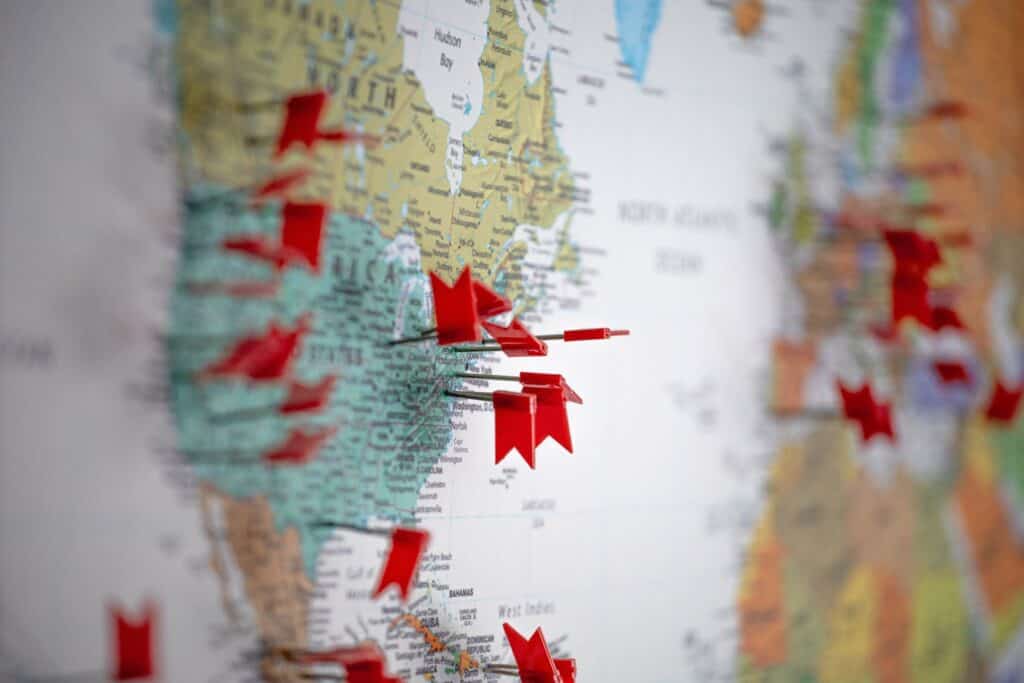Brexit Bite 5 – What are Rules of Origin (RoO): Steps to take and questions to ask to understand where your products fit
Brexit Bite 5 – What are Rules of Origin (RoO): Steps to take and questions to ask to understand where your products fit
Rules of Origin have been under the spotlight since the end of the transition and we’ve had many questions from clients about what this means for their products. Our Product Information Advisor, and BREXIT guru, Rebecca Kaya has put together a helpful article on LinkedIn that breaks down what they are and provides some steps and questions that might help you to understand where your products fit.

Key takeaways:
- While RoO are not new, they are new to many businesses moving in and out of Great Britain and the Europe
- They are totally separate to Country of Origin Labeling requirements (CoOL) used for product information purposes; they relate to duties, taxes, market and trade agreement protection
- They ensure only parties who are a part of the Trade Agreement receive preferential treatment when it comes to tariffs and quotas
- RoO are decided based on the Economic Nationality of the goods; if it can be evidenced that the Economic Nationality of a good is that of the parties in the trade agreement then preferential quotas and tariffs will be applicable. In the case of the EU/UK TCA, no quotas or tariffs will be applicable
Question to ask:
If you can answer yes to the below, then you may not need to pay any tariff – you will still have to compile the evidence to prove it though! They help to indicate your products Economic Nationality based on whether it has been substantially transformed into a ‘new product’.
1. Has enough of a change in product type been made to alter the CN code from that of the ingredients/components code to a new code for my finished good?
2. Has the good only got a small percentage of ingredient or component from a country outside the EU or the UK?
3. Have I made a good that is valued far above the cost of the ingredients/components used from outside the EU or UK?
4. Have I done more than minimally process the ingredients/components?
Steps to take:
1 . Know if your good is subject to a quota.
- Is it prepared or preserved tunas, skipjack, or other fish of genus Euthynnus or bonito (Sarda spp.), whole or in pieces or Aluminium? If not, you are very likely not to have to worry!
2. Know the HS/CN code of your ingredients, components, and finished product.
- Not too hard once you get the hang of it! Its headings 16 to 22 for most foods.
3. Find the Product-specific rules of origin section in the TCA and get to know them.
- That’s page 415 to 481 including showing the text of the declarations.
4. Gather the evidence of where your ingredients and components come from and their cost and percentage of the value of your finished good.
- You will need these before you look at the product-specific rules to calculate if you can comply with these and therefore make a ‘declaration as an exporter’ or declare under ‘Importers knowledge’ that the goods are originating in the UK or the EU and therefore should be free of tariffs.
Read the full article on LinkedIn here.

My background in Food Science and Marketing means I have a unique combination of commercial creativity and technical food manufacturing experience. My ambition is to bring clarity to the complex world of compliance through the simple and eye-catching communication of Ashbury's services.
Next reads
Revised Guidance in the US Regarding ‘Healthy’ Claims
FDA Regulations for Labeling ‘Gluten-Free’ and ‘Free-From’Foods in the US
Saving Space on US-Bound Labels
Labeling Free-From Foods for the US
Keep up to date with our latest insights
Subscribe to our mailing list to stay in touch with the latest news, insights and updates from Ashbury


